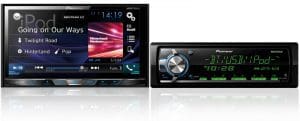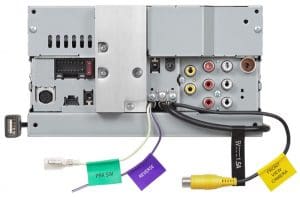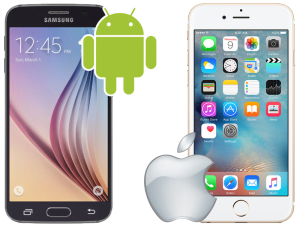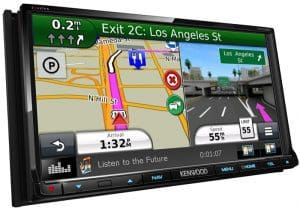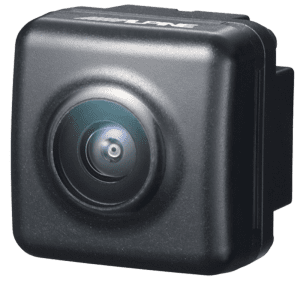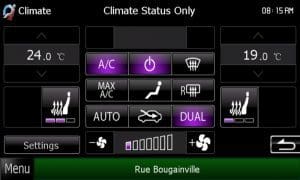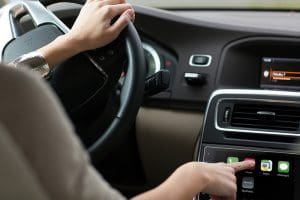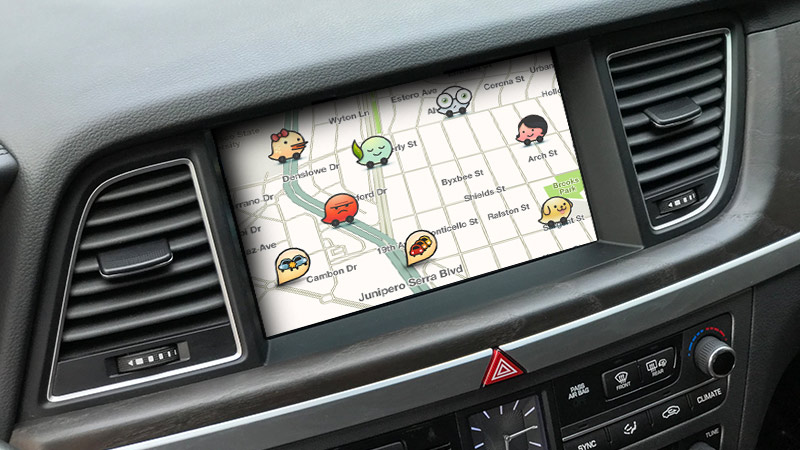 It’s not often that a piece of software creates a significant impact on our daily lives. Milestone social media apps like Facebook and Twitter most certainly remain in the limelight, but when it comes to actually being productive, Waze is a major step forward in navigation apps for our smartphones. In the summer of 2017, Waze announced that it would include compatibility with Android Auto to make it, quite possibly, the best navigation solution for Android phone users to date.
It’s not often that a piece of software creates a significant impact on our daily lives. Milestone social media apps like Facebook and Twitter most certainly remain in the limelight, but when it comes to actually being productive, Waze is a major step forward in navigation apps for our smartphones. In the summer of 2017, Waze announced that it would include compatibility with Android Auto to make it, quite possibly, the best navigation solution for Android phone users to date.
What is Waze?
 When Waze launched in 2006 it was called FreeMap Israel. It was a turn-by-turn navigation application for smartphone users. Fast forward to 2013: Waze won the prestigious Best Overall App award at the Mobile World Congress conference. In the same year, Waze was purchased by Google for an impressive $1 billion. Google knows the value of information better than almost any other company in the world, so its choice to invest in Waze makes sense.
When Waze launched in 2006 it was called FreeMap Israel. It was a turn-by-turn navigation application for smartphone users. Fast forward to 2013: Waze won the prestigious Best Overall App award at the Mobile World Congress conference. In the same year, Waze was purchased by Google for an impressive $1 billion. Google knows the value of information better than almost any other company in the world, so its choice to invest in Waze makes sense.
Waze Map Updates
Waze differs from other navigation solutions in two very important ways. Users of Waze have the ability to update map information. If there is new construction in your neighborhood or a reconfiguration of a freeway onramp, you can update the map information in real time on your smartphone. That information will be integrated into the map database, and all other Waze users can continue to enjoy the latest mapping and navigation information without the need to wait for updates or downloads.
Historically, changes to map information could take anywhere from months to years to become available. While map companies like TomTom (formerly TeleAtlas) and HERE (formerly Navteq) do update their databases quite frequently, that new information takes time to trickle through the update process for portable and vehicle navigation systems. Waze is up-to-date within hours.
Real-time Traffic Information
 The second key feature of Waze is its ability to share traffic flow information with fellow users. Waze is often referred to as a crowdsourced navigation solution, as users can report traffic jams, accidents, road closures and the presence of police. Within seconds of reporting an accident or a traffic jam, all your fellow Waze users receive that information.
The second key feature of Waze is its ability to share traffic flow information with fellow users. Waze is often referred to as a crowdsourced navigation solution, as users can report traffic jams, accidents, road closures and the presence of police. Within seconds of reporting an accident or a traffic jam, all your fellow Waze users receive that information.
Waze will consider traffic jams as it creates new routing plans. If you live in a major urban area that is prone to congestion, this information can prevent significant delays and help get you to your destination much faster.
Using Waze with Android Auto
As voice control is the key benefit of Android Auto, using Waze to plan your drive is easy. Initiate the voice recognition command, then simply ask for the destination or address you want, and include the word Waze at the end of the address. Android Auto will launch Waze and calculate your route.
The Waze interface on Android Auto is very similar to what you would see while using it on your smartphone. The fonts on the screen are nice and large, and accessing route-planning options like avoiding toll roads or picking a different route are easy to get to. Many users report that Waze is, in fact, easier to configure than Google Maps.
Reporting Information
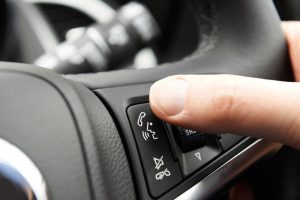 As we mentioned, a key feature of Waze is the ability to report information to other users. Tapping the Listen button will let you report traffic jams, accidents, bad weather, road closures, and more by talking to the system. You can say, “Report a traffic jam,” and Waze will ask you how bad it is. You can share the location of hidden or visible police or let your fellow Wazers know there is a pothole or ice on the road.
As we mentioned, a key feature of Waze is the ability to report information to other users. Tapping the Listen button will let you report traffic jams, accidents, bad weather, road closures, and more by talking to the system. You can say, “Report a traffic jam,” and Waze will ask you how bad it is. You can share the location of hidden or visible police or let your fellow Wazers know there is a pothole or ice on the road.
As users approach the location where you have provided information, they will see an alert on their screen. In the case of obstacles and police, your fellow users can also report that the obstacle has been cleared. It’s all simple, quick and easy – just like Android Auto itself.
The Navigation Experience
 Of course, Waze includes full turn-by-turn navigation prompting and will read out street and freeway names. You get lots of warning to let you know what maneuver is coming up next to reduce the need for sudden lane changes that can endanger you and your fellow drivers.
Of course, Waze includes full turn-by-turn navigation prompting and will read out street and freeway names. You get lots of warning to let you know what maneuver is coming up next to reduce the need for sudden lane changes that can endanger you and your fellow drivers.
When you plan a route with Waze, you have the option of choosing from three different routes. Waze displays obstacle icons along a bar and the associated travel time and distance for each route. Choosing the best path is quick, easy and efficient.
If Waze is alerted to a traffic jam along your route, it will provide you with a prompt that suggests a new route and the new travel time and estimated time of arrival. You can, of course, choose to ignore that advice, but we recommend you don’t.
Another cool feature of Waze is that it will notify you of obstacles, even without a route planned. If you are driving along and someone has reported a pothole or hidden police officer, the notification appears just the same.
Is There a Downside to Waze?
Do silver linings always have a dark cloud? Maybe, maybe not. There is one limitation to Waze that is a bit of an annoyance. You can only plan routes that are less than 1,000 miles. If you are in San Francisco and want to go to Niagara Falls, you can’t plan a single route. You need to choose a destination within 1,000 miles, then plan another 1,000 miles from that point. What’s more frustrating, Google Maps CAN plot that route. Waze provides a message that they are “working to increase that distance,” but that’s been a limitation for a long time.
The other thing about Waze is advertisements. We all know that Google loves to sell advertising. Companies like McDonald’s, Whole Foods and Taco Bell all pay for pop-up ads that are displayed when you are using Waze on your smartphone. Good news, though: These advertisements aren’t currently displayed when you are using Waze with Android Auto. That would be contradictory to the philosophy of reducing driver distractions.
Check out Android Auto and Waze Today
If your car, truck or SUV came with Android Auto, then check out Waze next time you are in the car. If you don’t have an Android Auto-equipped radio, drop into your local mobile enhancement retailer and ask if there is a solution for your vehicle. Android Auto and CarPlay are amazing products, and can not only make your time behind the wheel much safer but also more productive.
This article is written and produced by the team at www.BestCarAudio.com. Reproduction or use of any kind is prohibited without the express written permission of 1sixty8 media.

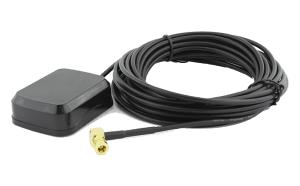
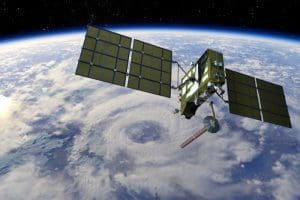

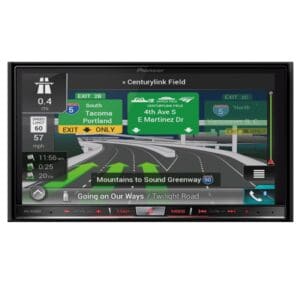
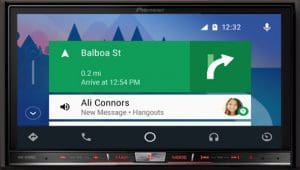

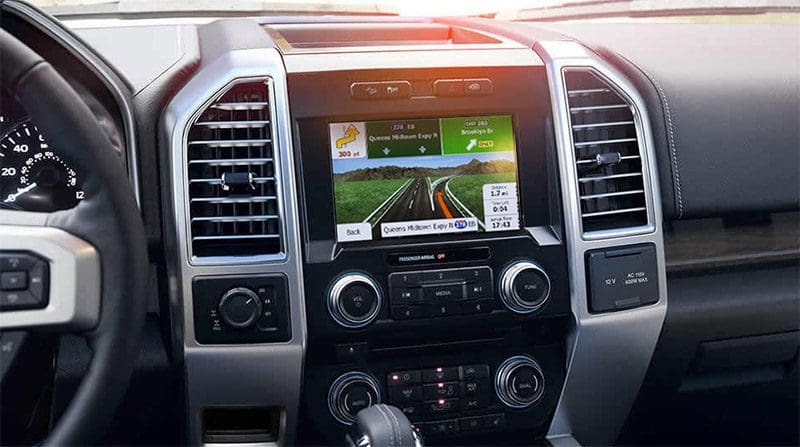
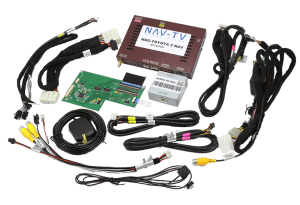
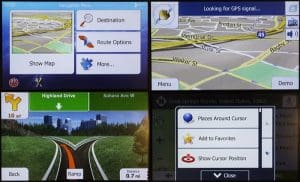
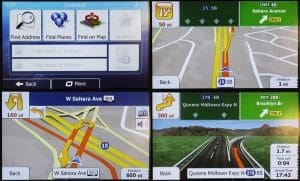
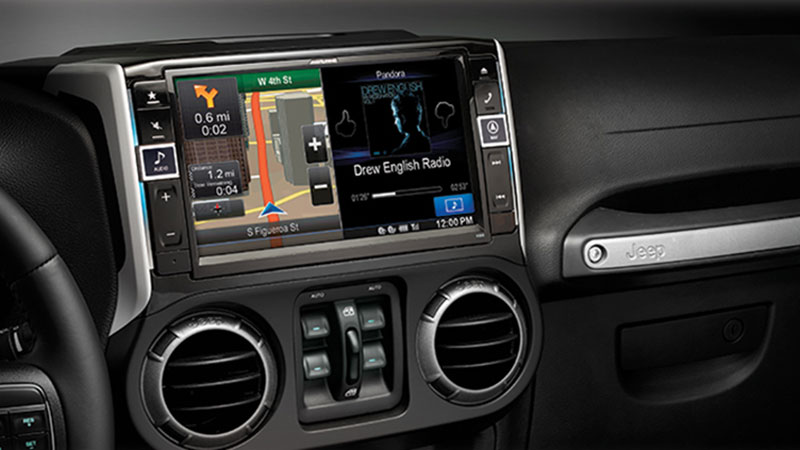 When it comes time for buying an upgraded or replacement head unit for your vehicle, there are certainly a lot of options to consider. Size, features, compatibility and accessories are just the tip of the iceberg when it comes to modern source units. Let’s take a look at some basic radio-buying knowledge and a few of the latest features and innovations that vie for space in your dash.
When it comes time for buying an upgraded or replacement head unit for your vehicle, there are certainly a lot of options to consider. Size, features, compatibility and accessories are just the tip of the iceberg when it comes to modern source units. Let’s take a look at some basic radio-buying knowledge and a few of the latest features and innovations that vie for space in your dash.